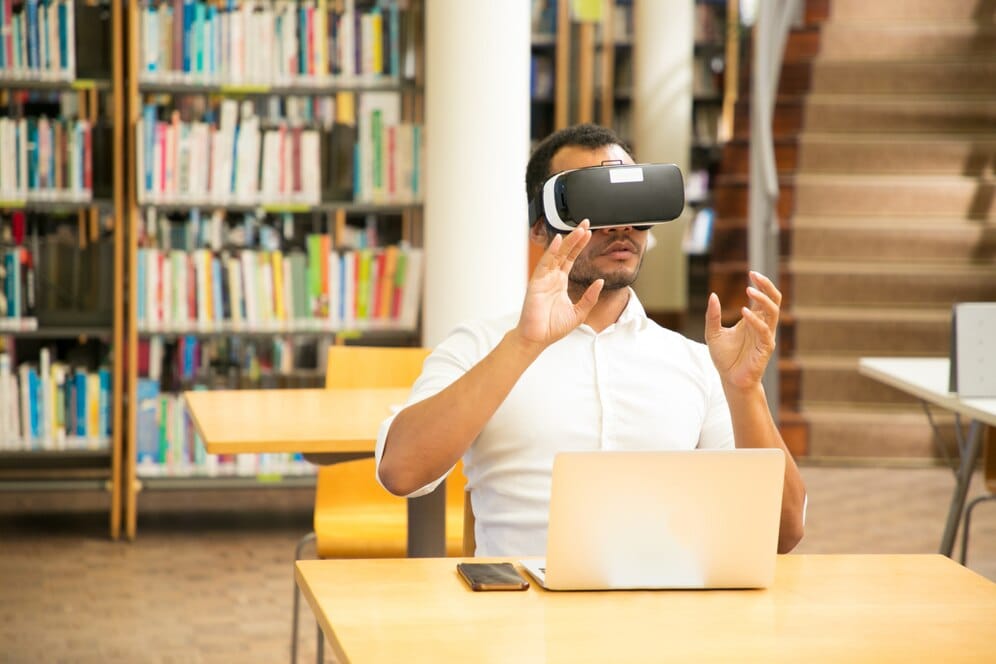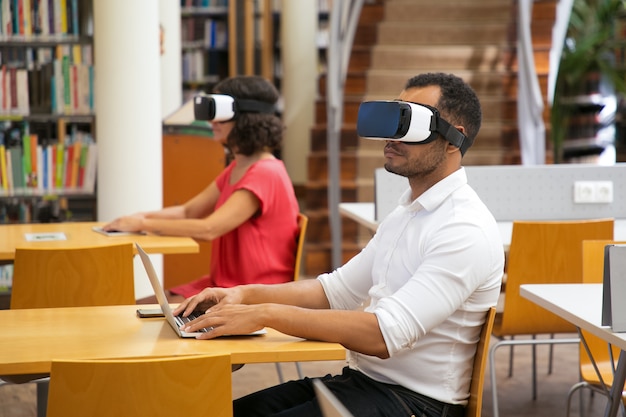The Role of Virtual Reality in American Education
In this article, we'll discuss the potential of VR as a tool for immersive learning experiences and explore its impact on education in the United States.


Virtual Reality (VR) technology is rapidly transforming the landscape of American education, offering educators and students immersive learning experiences that transcend the traditional classroom setting. In this article, we'll discuss the potential of VR as a tool for immersive learning experiences and explore its impact on education in the United States.
Enhancing Learning Engagement
One of the key advantages of VR in education is its ability to enhance learning engagement and retention. By immersing students in virtual environments that simulate real-world scenarios, VR captures their attention and stimulates their senses, making learning more interactive, memorable, and enjoyable. Whether exploring ancient civilizations, dissecting virtual frogs, or conducting virtual science experiments, students can actively engage with course material in ways that were previously impossible.
Fostering Experiential Learning
VR enables experiential learning by allowing students to "step into" the subject matter and interact with it firsthand. Instead of passively absorbing information from textbooks or lectures, students can explore, experiment, and problem-solve in virtual environments that replicate real-world situations. Whether it's exploring the surface of Mars, diving into the depths of the ocean, or touring famous historical landmarks, VR offers unparalleled opportunities for experiential learning across a wide range of subjects.
Bridging the Gap Between Theory and Practice
For disciplines that require hands-on experience, such as medicine, engineering, and architecture, VR serves as a powerful tool for bridging the gap between theory and practice. Medical students can practice surgical procedures in virtual operating rooms, engineering students can design and test prototypes in virtual labs, and architecture students can create virtual models of buildings and structures. VR allows students to gain practical skills and experience in a safe and controlled environment before applying them in the real world.
Overcoming Physical Limitations
VR has the potential to overcome physical limitations and barriers to learning for students with disabilities or special needs. By providing alternative modes of interaction and sensory experiences, VR can accommodate diverse learning styles and abilities, allowing all students to participate and succeed in educational activities. Whether it's providing auditory cues for visually impaired students or offering hands-on simulations for students with motor disabilities, VR can level the playing field and promote inclusivity in education.
Expanding Access to Education
In addition to enhancing learning experiences for traditional students, VR has the potential to expand access to education for learners in remote or underserved areas. Through virtual classrooms and online learning platforms, students can access high-quality educational content and interact with teachers and peers from anywhere in the world. VR removes geographic barriers and logistical constraints, allowing students to participate in immersive learning experiences without the need for physical presence in a traditional classroom.
Conclusion
In conclusion, the role of Virtual Reality in American education is poised to revolutionize the way we teach and learn in the 21st century. By providing immersive learning experiences, fostering experiential learning, bridging the gap between theory and practice, overcoming physical limitations, and expanding access to education, VR holds tremendous promise for transforming education and preparing students for success in an increasingly digital and interconnected world.